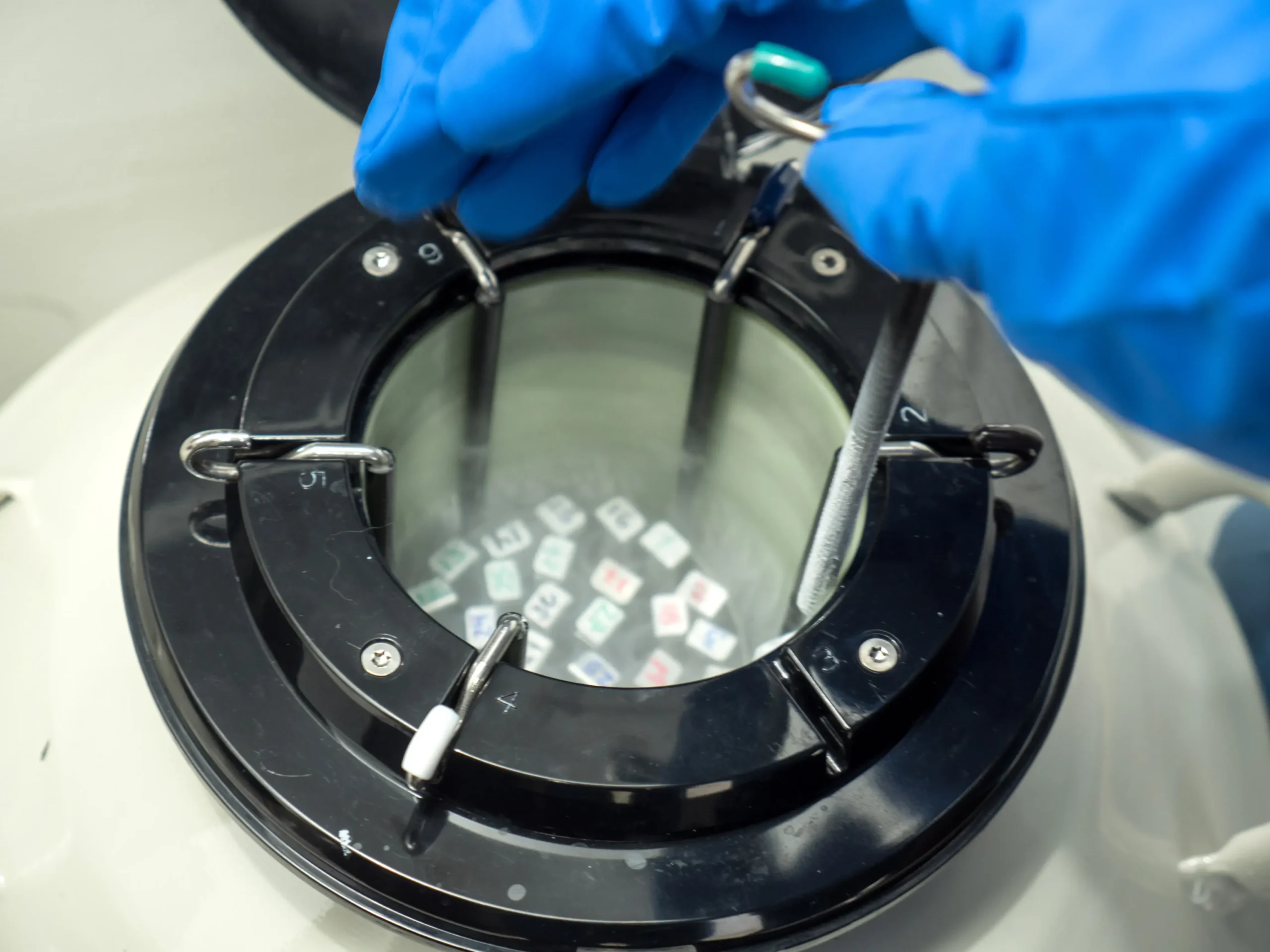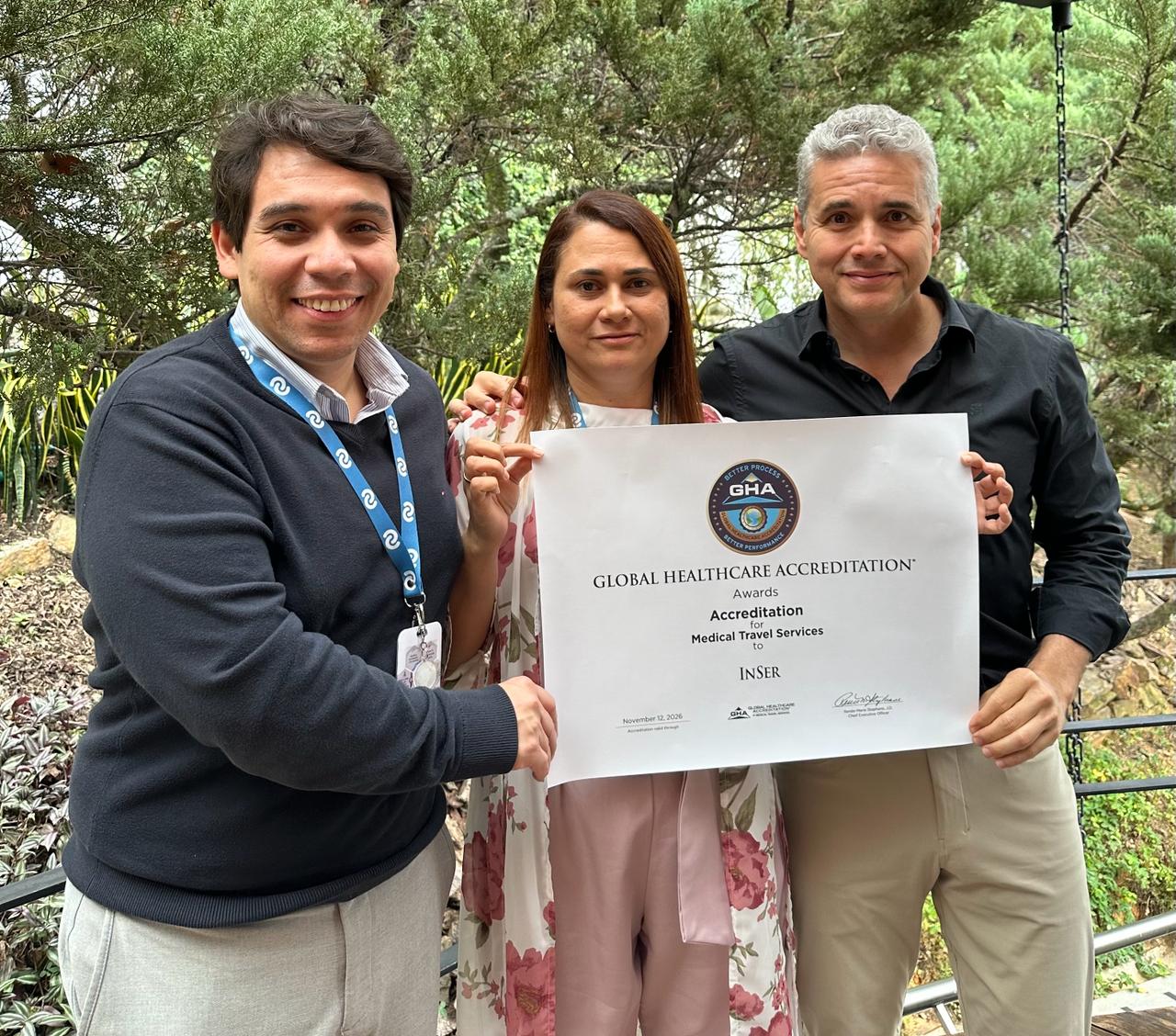The information surrounding fertility treatments can be difficult to grasp due to the technicalities involved in explaining them. However, we understand that many people are interested in getting a closer look at what techniques exist, what they entail, and what their success rates are.
That’s why we’ve prepared this article to provide you with a concrete understanding of the options available to couples facing difficulties conceiving.
Low Complexity Fertility Treatments
- Ovulation Induction:
Women experiencing difficulties in their biological process can undergo treatments to stimulate the release of eggs. This technique is called ovulation induction.
How does it work? Medication that mimics certain female hormones is used to stimulate the ovaries. The overseeing physician monitors follicle development and hormone levels through ultrasounds and blood tests.
Once it’s confirmed that the follicles are ready, additional medication is administered to mature the eggs. After achieving this, artificial insemination or in vitro fertilization is scheduled.
Success Probability: The positive outcome is influenced by the patient’s age, but nonetheless, many women show a satisfactory response in a significant proportion of cases.
- Artificial Insemination with Partner’s Sperm
This treatment is viable when a man has a low sperm count or poor sperm motility, or when cervical issues make it difficult for sperm to penetrate the uterine cavity. With this technique, sperm can be introduced during ovulation.
It’s also feasible when the cause of infertility is unknown, in the presence of ovulatory disorders, or when pregnancy hasn’t occurred despite multiple controlled cycles.
Success Probability: Generally, the success rate per insemination cycle is approximately 15%, and the majority of women (around 90%) achieve pregnancy within the first 3-4 cycles, accumulating a success rate of 60%.
However, the probability of pregnancy and the number of necessary cycles vary depending on factors such as diagnosis, age, sperm quality, and the number of developed follicles.
- Artificial Insemination with Donor Sperm
This treatment is performed in cases of severe male infertility or when there’s a genetic disease in the male partner that he prefers not to pass on to his children.
The woman receives sperm from a sperm bank during ovulation.
Success Probability: The pregnancy rate per treatment cycle ranges between 20% and 25% when no other infertility factors are involved. However, with repeated cycles, the cumulative pregnancy rate can reach up to 70%.
High Complexity Fertility Treatments
- Egg Donation
Ovarian function loss may lead to egg donation, where eggs are fertilized with the partner’s sperm. If resulting embryos are obtained, they are directly transferred to the recipient’s uterus to implant and initiate pregnancy.
Success Probability: It’s a highly successful method, with pregnancy rates ranging from 50% to 60% per cycle.
- Egg Freezing:
Egg vitrification, or freezing, is the preferred technique for women who delay motherhood by choice or due to medical treatments (such as radiation therapy and chemotherapy).
Women under 37 can freeze a limited number of eggs determined by their ovarian reserve. These eggs can later be fertilized in the lab and transferred when the patient decides to become a mother.
- In Vitro Fertilization (IVF)
Laboratory techniques facilitate the union of eggs and sperm to obtain embryos that can be transferred to the uterus to promote conception in couples or women with fertility problems.
Success Probability: The probability of achieving pregnancy through an IVF cycle exceeds 45% in women under 35, although this percentage may vary depending on the woman’s age, duration, and cause of infertility. The cumulative pregnancy rate after three treatment cycles can range from 70% to 80%.
- Intracytoplasmic Sperm Injection (ICSI)
After extracting the woman’s eggs and transporting them to the lab, advanced microscope technology and micromanipulators are used to inject a single sperm into each egg.
Those that fertilize are directly transferred to the woman’s uterus to implant and, if successful, initiate pregnancy.
Success Probability: The cumulative pregnancy rate after three treatment cycles can exceed 70%.
- ICSI with Morphologically Selected Sperm
This is another innovative technique that allows the introduction of eggs with sperm selected according to rigorous morphology criteria.
How to Choose the Right Fertility Treatment?
To choose a fertility treatment, we recommend:
1- Consultation with a fertility specialist
Seek the advice of highly qualified fertility experts. At InSer, we have a specialized medical team to evaluate your complete medical history, perform diagnostic tests, and provide information about treatment options available based on your particular conditions.
2- Evaluate your infertility diagnosis:
Once you understand why biological conception isn’t possible, explore alternatives according to your situation to analyze which treatment is most suitable.
3- Consider your age and health factors:
All conception methods explained are influenced by age because it affects their response. Other health factors, such as pre-existing medical conditions, also impact treatment choice, so don’t forget to consider these variables.
4- Explore available treatment options:
Learn about treatment procedures and define your boundaries because some options involve invasive methods. Familiarizing yourself with all available options is crucial, as well as comparing their success rates, risks, and benefits.
5- Consider your personal preferences:
Choosing a treatment involves considering personal values, beliefs, and preferences. Some couples or individuals may prefer more natural approaches, while others may be willing to explore more invasive options.
Following these recommendations and working in partnership with a specialized medical team, such as the one you’ll find at InSer, you can make informed decisions and take significant steps toward realizing your desire to have a child. Don’t hesitate to contact us!









